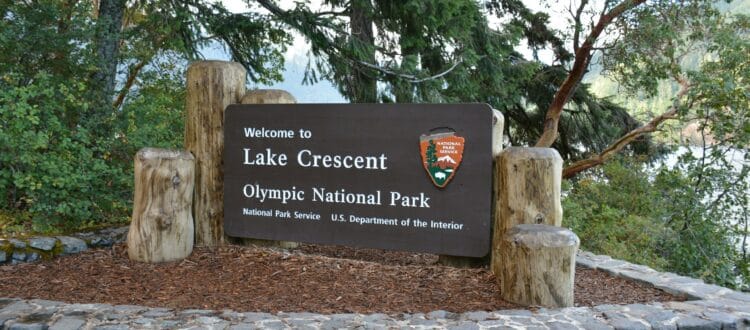Sandblasted wood signs are a beautiful and unique way to make a statement and add a touch of rustic charm to any space. Created by using a high-pressure stream of sand to etch intricate designs into a wooden surface, these signs offer a distinct and handmade feel.
The sandblasting process gives the wood a textured appearance, adding depth and character to the finished product. Whether used for home decor, outdoor signage, or as a personalized gift, they are sure to make a lasting impression.
What are Sandblasted Wood Signs?
Sandblasted wood signs are a truly exceptional form of artistic expression, combining the natural beauty of wood with the precision of a sandblasting technique. Unlike traditional signs, these signs take craftsmanship to the next level by utilizing high-pressure sand particles to intricately carve designs into the wood’s surface. This process creates a captivating textural effect, with variations in depth and detail that bring the sign to life. Each sandblasted wood sign is a one-of-a-kind piece, showcasing the skill and creativity of the artist behind it, as well as the natural texture of the wood itself.
What Does Sandblasting Do to Wood?
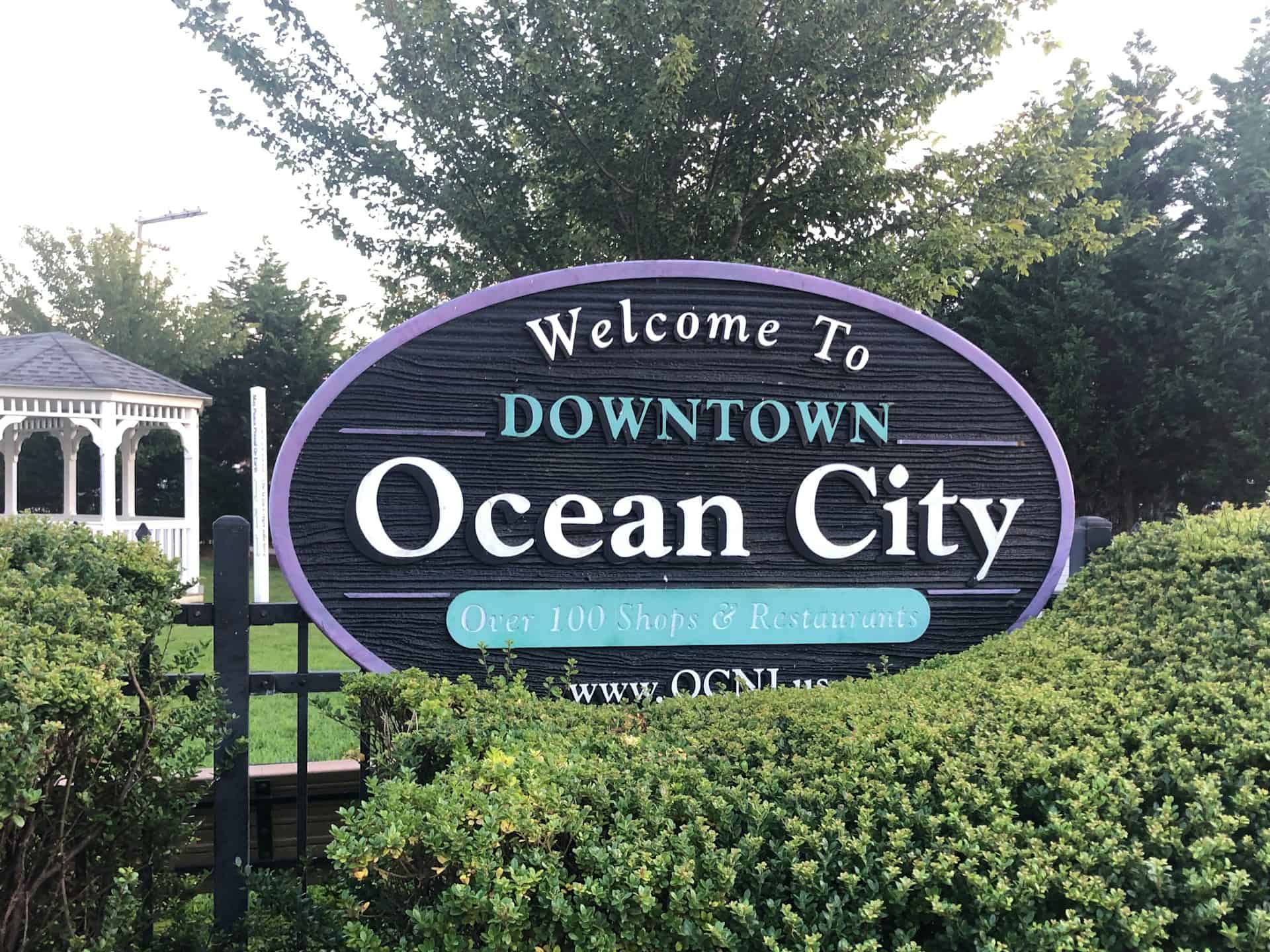 Sandblasting is a technique used to blast-etch intricate designs into wooden surfaces. During the sandblasting process, high-pressure sand particles are directed at the wood’s surface, effectively removing layers of wood and creating an uneven texture. This textural effect is precisely what makes sandblasted wood signs so unique and visually striking.
Sandblasting is a technique used to blast-etch intricate designs into wooden surfaces. During the sandblasting process, high-pressure sand particles are directed at the wood’s surface, effectively removing layers of wood and creating an uneven texture. This textural effect is precisely what makes sandblasted wood signs so unique and visually striking.
Sandblasting strips away softer grains of wood, exposing harder, more rigid grains that create differing depths, giving the design a three-dimensional look. The result is a rustic yet refined appearance, with deep grooves, crisp edges, and unique variations in color and texture. This process can also help protect wood by removing any existing varnishes or stains, leaving a perfectly clean canvas for an artist to work on.
What Materials are Sandblasted Wood Signs Made of?
1. Wood: They are primarily made of different types of wood such as cedar and redwood. Wood is chosen for its natural beauty, durability, and ability to hold intricate designs. It provides a warm and rustic aesthetic that complements the sandblasting technique.
 2. Sand: Sandblasting requires the use of abrasive materials, typically sand, to etch the designs onto the wood surface. Sand is selected for its uniform grain size and hardness, capable of effectively removing layers of wood material without damaging the surface.
2. Sand: Sandblasting requires the use of abrasive materials, typically sand, to etch the designs onto the wood surface. Sand is selected for its uniform grain size and hardness, capable of effectively removing layers of wood material without damaging the surface.
3. Protective Coatings: After the sandblasting process, the wood signs are often coated with clear or painted protective finishes to enhance their longevity and safeguard the artwork. This coating can be a varnish, lacquer, or polyurethane finish, which provides resistance against weather elements, UV rays, and enhances the overall appearance of the sign.
4. Paints and Stains: To add color and character, they are often painted or stained. Paints can be used to apply bold, vibrant colors to the raised portions and recesses created by the sandblasting. Stains, on the other hand, are more transparent and allow the natural wood grain to show through while providing a subtle tint.
5. Hardware: Depending on the intended use, they may incorporate various hardware components such as hanging brackets, ropes, or hooks. These ensure easy installation and display in different settings, whether indoors or outdoors. The hardware used is usually selected for its strength, durability, and ability to complement the overall size and design of the sign.
What is the Best Wood for Sandblasting Signs?
When it comes to choosing the best wood for sandblasting signs, several factors should be considered. Two popular options are cedar and redwood. Cedar and Redwood are the preferred choices due to their natural resistance to decay, which makes them highly durable even in outdoor environments. They also have a straight grain and smooth texture, making these woods easier to work with during the sandblasting process.
What Makes Sandblasted Wood Signs Special?
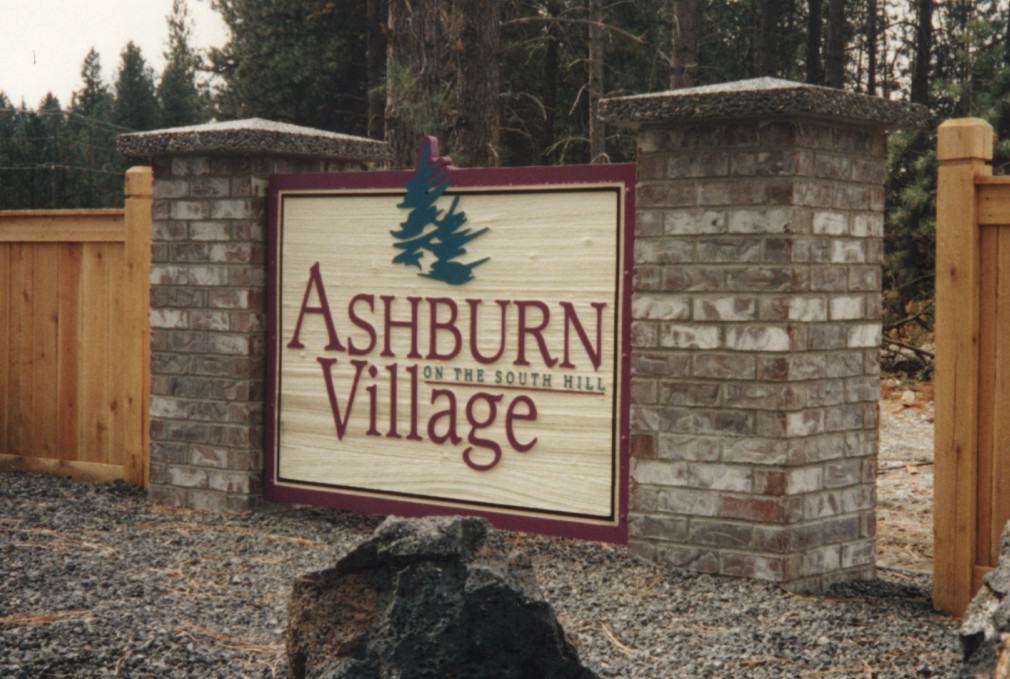 They possess a unique charm and visual appeal that sets them apart from other types of signs. The process of sandblasting creates intricate designs and patterns by removing layers of wood, resulting in a textured surface with depth and character.
They possess a unique charm and visual appeal that sets them apart from other types of signs. The process of sandblasting creates intricate designs and patterns by removing layers of wood, resulting in a textured surface with depth and character.
The raised portions and recesses created by sandblasting give the sign a three-dimensional effect, adding depth and visual interest. This technique allows artists to create detailed and intricate designs, showcasing the natural beauty and grain of the wood.
Sandblasting further enhances the rustic and weathered appearance of the wood, adding a touch of nostalgia and craftsmanship. These signs have a timeless quality, with their handcrafted look and feel, making them a perfect choice for businesses, homes, and establishments that want to convey authenticity, craftsmanship, and a connection to nature.
Mounting Options
1. Wall Mounting: Wall mounting is a common and straightforward option. It involves attaching the sign directly to a wall using screws, brackets, or nails. Wall mounting is suitable for both indoor and outdoor applications and offers a secure and stable display option. It allows the sign to be easily seen and appreciated by passersby and adds a decorative element to any space.
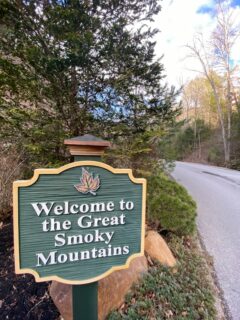 2. Post Mounting: Post mounting involves attaching the sandblasted wood sign to a post or pole using brackets, screws, or straps. This mounting option is commonly used for outdoor applications, such as roadside signs, entrance signs, or directional signs. Post mounting raises the sign off the ground, allowing for better visibility and making it a preferred option for larger signs or signs that need to be seen from a distance.
2. Post Mounting: Post mounting involves attaching the sandblasted wood sign to a post or pole using brackets, screws, or straps. This mounting option is commonly used for outdoor applications, such as roadside signs, entrance signs, or directional signs. Post mounting raises the sign off the ground, allowing for better visibility and making it a preferred option for larger signs or signs that need to be seen from a distance.
3. Hanging: Hanging sandblasted wood signs involves suspending the sign from a ceiling, beam, or overhang using ropes, chains, or hooks. This mounting option is often chosen for interior displays in retail settings, restaurants, or reception areas. Hanging signs create an eye-catching and elevated display, adding a touch of elegance and style to the space.
4. Freestanding: Freestanding sandblasted wood signs are designed to be self-supporting and do not require any additional structures for mounting. They are usually built with a sturdy base or stand that provides stability and balance. Freestanding signs are suitable for both indoor and outdoor use and are common choices for directional signs, information boards, or entrance signs where wall or post mounting is not possible or preferred.
5. Fence Mounting: Fence mounting involves attaching the sandblasted wood sign to a fence or railing using screws, braces, or clips. This option is suitable when there is already an existing fence or railing available for displaying the sign. Fence mounting is commonly used for residential signs, garden signs, or property markers, providing a simple and effective way to display the sign without the need for additional structures.
How Much Do Sandblasted Wood Signs Cost?
The cost can vary depending on several factors. First, the size of the sign plays a significant role in determining the price. Larger signs require more materials and labor, making them more expensive than smaller ones. Also, the complexity of the design and level of detail involved affect the cost. More intricate designs require more time and expertise, resulting in higher prices.
The type of wood used also influences the cost, with premium woods like cedar or redwood generally commanding higher prices than other materials such as HDU or Extira. Ultimately, factors such as customizations, finishes, and additional features like mounting options or installation can also impact the overall cost. It is best to consult with sign professionals or manufacturers to get an accurate quote based on specific requirements and desired specifications.
How to Maintain Sandblasted Wood Signs?
To maintain and ensure their longevity, regular care and maintenance are necessary. Here are some tips to follow:
1. Cleaning: Regularly clean the sign using a soft-bristle brush or cloth to remove dust, dirt, and other debris. Avoid using harsh or abrasive cleaners that can damage the wood’s surface. Instead, use mild soap and water solution for gentle cleaning.
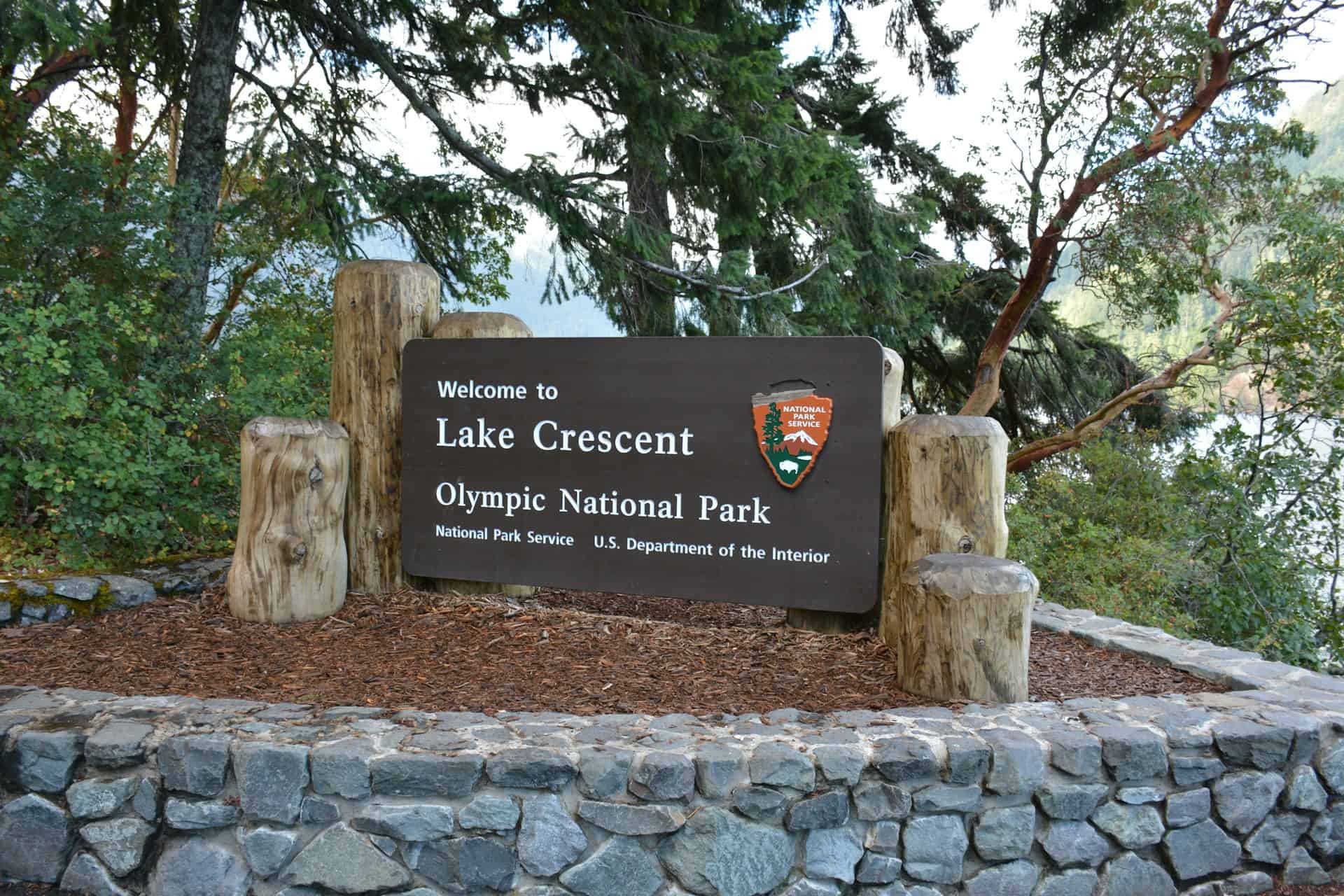 2. Protective Finish: Apply a protective finish, such as a sealant or varnish, to protect the wood from moisture, UV rays, and other environmental factors. Follow the manufacturer’s instructions and reapply the finish as needed to maintain its effectiveness.
2. Protective Finish: Apply a protective finish, such as a sealant or varnish, to protect the wood from moisture, UV rays, and other environmental factors. Follow the manufacturer’s instructions and reapply the finish as needed to maintain its effectiveness.
3. Inspect for Damage: Periodically inspect the sign for any signs of damage, such as cracks, splintering, or peeling paint. Repair any damage promptly to prevent further deterioration.
4. Avoid Direct Sunlight: If the sign is placed outdoors, try to position it in a way that minimizes direct exposure to sunlight. Prolonged exposure to sunlight can cause the paint to fade and/or the wood to warp over time.
5. Seasonal Maintenance: Depending on the climate, it may be necessary to take extra precautions during different seasons. In humid environments, for example, it may be beneficial to apply an additional layer of protective finish.
Proper maintenance of sandblasted wood signs involves regular cleaning, protective finishes, and addressing any damage promptly. By following these steps, you can ensure that your sandblasted wood sign remains in excellent condition and continues to make a visually appealing statement for years to come.
How Durable are Sandblasted Wood Signs?
They are known for their durability and ability to withstand various weather conditions. When properly made and maintained, these signs can last for many years. The sandblasting process itself adds strength to the wood by creating a textured surface that is resistant to cracking, warping, and fading. Also, most sandblasted wood signs are crafted from high-quality woods like cedar or redwood, which are naturally resistant to decay and insect damage.
To enhance their longevity, sandblasted wood signs are often finished with protective coatings that shield them from moisture, UV rays, and other environmental factors. Regular maintenance, such as cleaning and refinishing, can further extend their lifespan. Overall, they are a durable and reliable signage option that can stand the test of time.
Conclusion
Sandblasted wood signs are a timeless and visually captivating signage option. With their unique texture and intricate designs, they add a touch of elegance and sophistication to any space. The versatility of sandblasted wood signs allows them to be used for a wide range of applications, both indoors and outdoors. Whether used for directional signs, entrance signs, or decorative displays, they offer a combination of craftsmanship, durability, and aesthetic appeal that makes them a popular choice for both residential and commercial purposes.
Popular Posts:

